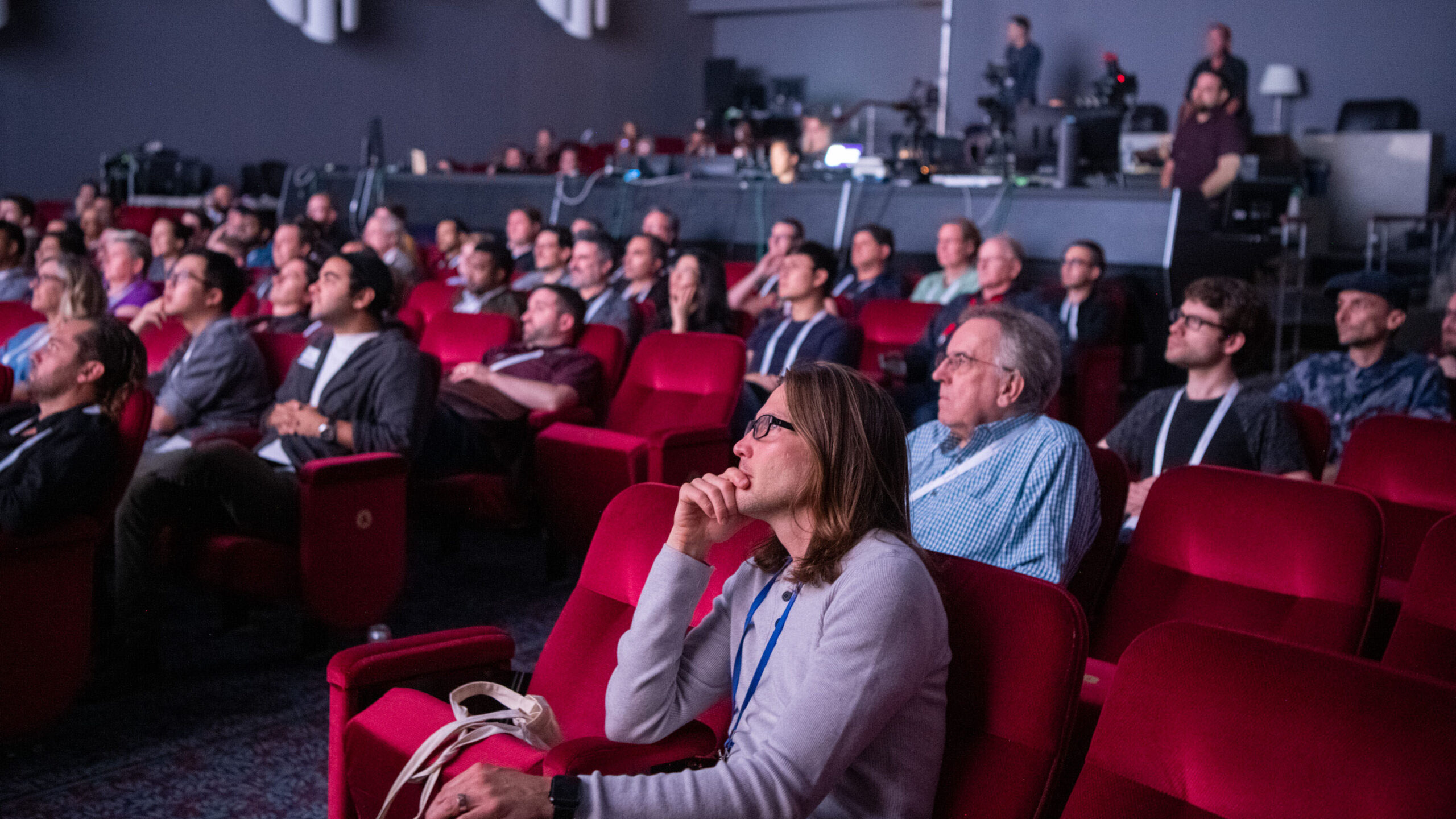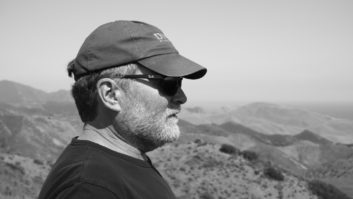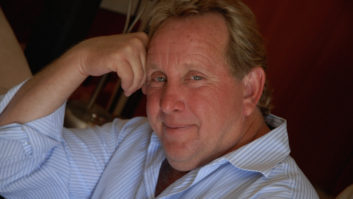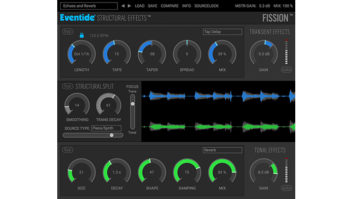
A couple of weeks ago, I stood at the podium at the foot of the Cary Grant Theater on the Sony Pictures Studios lot in Culver City, Calif., and welcomed a room of 400-plus sound professionals to the 10th annual Mix Presents Sound for Film & Television. It was a big day. Audio professionals in film and television sound are nothing if not passionate.
Despite the fact that I often talk too much at dinner parties and sometimes take a Travels With Tom approach to this very column, I don’t typically talk about myself in public. I tend to ask more questions than make more statements. You won’t find me on Facebook, Instagram, TikTok or LinkedIn. I cringe inside whenever my photo is taken.
Standing up in front of this year’s crowd, I was, as always, consumed by fear, but I was also feeling a bit nostalgic thanks to the 10th anniversary of the event and, in particular, the Keynote Conversation that I would be moderating in just a few minutes—so I told the audience a story as a means of introduction. A story about myself, about how my career got started. About the three sound designers/re-recording mixers who would soon be joining me onstage to talk about “Sound, Story and the Search for Balance,” and why it was these three: Wylie Stateman, Gary Rydstrom and Mark Mangini.
I was incredibly fortunate, I told the audience, to meet Wylie, Gary and Mark over a six-month period back when I was just starting out at Mix, though it took many, many years before I figured out just how fortunate.
To make a long story short, I was an assistant editor at Mix in 1991 when I picked up a phone call from Doors producer Paul Rothchild, who had gotten word that Mix was going to run a story on the upcoming Doors movie, and that we had talked to production sound mixer Tod Maitland.
It had nothing about the music. Three days later, I flew down to L.A. from Oakland, drove out to Rothchild’s Laurel Canyon home, and set up a tape recorder in the middle of a roomful of audio greatness: Rothchild, engineer Bruce Botnick, Oscar-winning re-recording mixer Mike Minkler, and supervising sound editor Wylie Stateman. About 10 minutes into the interview, I figured out that I knew nothing about film sound, but that Wylie was my guy. He talked about WaveFrames and Fairlights and editing mag film, and he could explain technical things in artistic terms. He would help me understand this. And he did. As he has all these years since.
Two months after the story came out, I got a call from Gloria Borders, then head of Skywalker Sound, just a half-hour away in Marin County, saying, “Hi Tom, we saw your story on The Doors, and we’re working on this little film called Terminator 2. We were wondering if you’d like to come up and talk to Gary Rydstrom.” I went, of course, and learned that the root sound of a Terminator walking over skulls was the recording of a handful of pistachios being crushed between two China plates, and that the sound of a liquid-metal T1000 walking through steel bars started with the recording of a dog food can being tipped upside down while the gelatinous mass slurped its way out. I had no idea that seven Oscars would follow. I was just digging this new world of sound.
Two months after that, I got a call from Disney and soon found myself on the lot in Burbank, walking onto the dub stage to meet Mark Mangini for a talk about the sound for Beauty & the Beast. I learned how animal growls and distortion can make Robby Benson, the lovely boy from Ice Castles, transform into a monster. I learned how sound effects can dance and bob and weave in and around a luscious score filled with songs. I learned that, ultimately, dialog still rules.
I have met and written about so many incredibly talented and creative engineers and mixers over the years, but Wylie, Gary and Mark were my first. They taught me much more than How they do what they do; they taught me Why they do it.
From Wylie, I learned about a whole-body approach to sound and an entrepreneurial passion for life and work. I learned about embracing change and seeking new ways of doing things. One of my favorite catchphrases of his, which he always says with a smile, is: “What if we tried this?”
From Gary, I learned about the sheer wonder of imagination, and the sounds that might swim inside our heads as new worlds are created on the screen—from Terminators to dinosaurs, from D-Day to to the Titanic, with a Toy Story or A Bug’s Life thrown in for good measure. We all might imagine the sounds. Gary makes them real.
From Mark, I learned about the sheer joy and magic of sound. I learned about sound as music and music as sound. About perception and emotion.
Joy and whimsy. Rock and roll guitar on Mars? Why not? Be amazed every day that you get to work in sound.
I guess the moral of the story is that you never know where or when inspiration and guidance might appear as you set out on your path in life. It might be a random phone call, and you might not know it until years later.
But it’s there all around you, in the people you meet everyday. If you’re fortunate, after 32 years, a few of them might even join you onstage.
—Tom Kenny, Co-Editor




